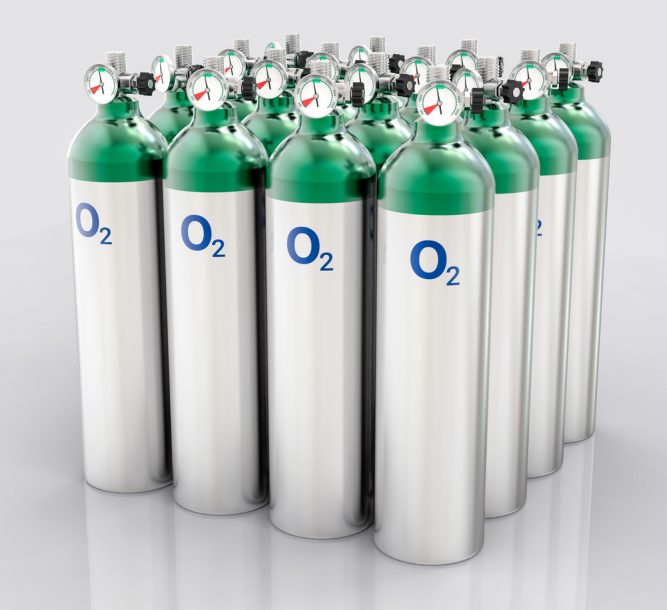- This topic is empty.
-
AuthorPosts
-
2024-04-07 at 18:08 #5811
Exploring the Production Process of Oxygen Cylinders
I. Material Preparation Stage
The materials for oxygen cylinders mainly consist of high-strength low-alloy steel, thus requiring initial preparation of raw materials. The raw materials are produced through modern steelmaking techniques in steel mills, where high-strength low-alloy steel plates are produced through steps such as high-temperature melting and cooling. Subsequently, through processes like cutting and drilling, the steel plates are shaped into the shells of oxygen cylinders. Simultaneously, different lengths of steel plates are cut according to the specifications of oxygen cylinders to manufacture cylinders of various sizes.
II. Forming Stage
The forming stage is a crucial step in oxygen cylinder production. Different forming methods such as forging, cold punching, hot punching, and stretching can be employed depending on the specifications and purposes of the oxygen cylinders. Among these, forging is an indispensable step in manufacturing oxygen cylinders. Forging enhances the durability and impact resistance of oxygen cylinders and can also alter the physical properties such as crystal structure and dimensional accuracy of the steel. Then, the cut steel plates are shaped using forming machines. Following forming, thermal treatment steps like heating and cooling are conducted to improve the uniformity and sealing of the oxygen cylinders.
III. Welding Stage
Welding is necessary during the production of oxygen cylinders to join the bottom and shell of the cylinders. This step requires skilled welders and high-precision equipment. Welding demands high precision, and any quality issues such as incomplete paint coverage, welding defects, or distortion can severely impact the quality of the oxygen cylinders. After welding, cleaning and degreasing processes are carried out to ensure the cleanliness of the interior of the oxygen cylinders, leaving no residual impurities.
IV. Cleaning Stage
Before assembly, the produced oxygen cylinders undergo a cleaning process to ensure purification. The cleaning process involves disinfecting and washing the interior and exterior of the cylinders with a solution, followed by thorough carpet-style cleaning using steel wire balls or clean towels. It is essential not only to remove dirt and oil stains from the surface but also to thoroughly clean impurities from the interior of the cylinders, ensuring that the surface is smooth, scratch-free, and rust-free.
V. Testing Stage
After completion of manufacturing, oxygen cylinders undergo multiple quality testing processes to ensure stability, reliability, and safety. The testing process includes visual inspection, pressure testing, calibration, radiographic testing, among others. Pressure testing is particularly crucial, encompassing pre-pressure testing and air tightness testing, to ensure that the oxygen cylinders do not explode under normal pressure.
The above is an overview of the oxygen cylinder production process. Whether in industrial manufacturing or medical equipment fields, the importance of oxygen cylinders is undeniable. Throughout the entire production process, precise equipment and environments are required, along with strict adherence to relevant production standards, ensuring the reliability and safety of oxygen cylinders.
website:https://www.jiangyinforward.com

Jiangyin Forward Supply Chain Management
info@jiangyinforward.com -
AuthorPosts
- You must be logged in to reply to this topic.
